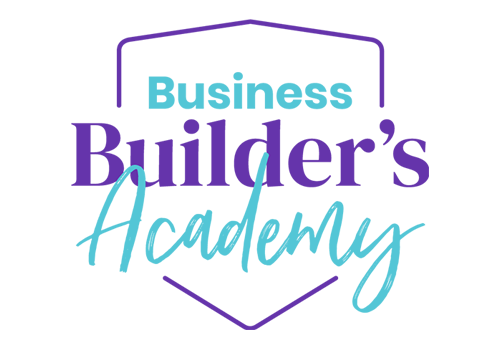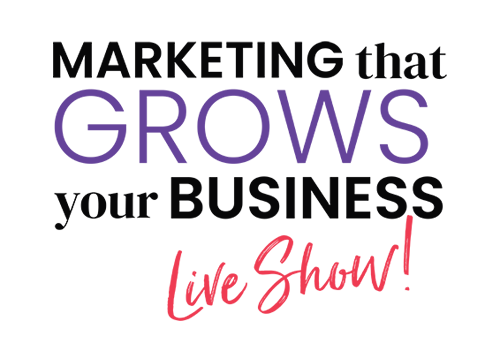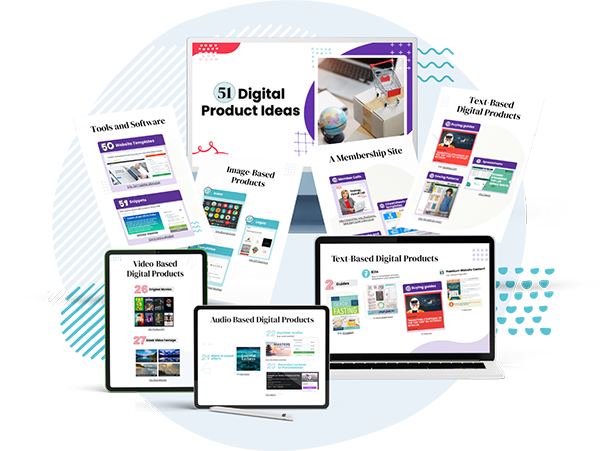In 2010, Pinterest was being embraced by the creative industry but not by Silicon Valley. The site was growing exponentially monthly, finding investors that understand the product is challenging. Ben asked Victoria Smith of SFGirlByBay to invite more bloggers to participate in Pinterest. He encouraged them to create their personal profiles and also give out more invites to their colleagues. Again Ben used his experience at Google and learned to capitalize on the notion of offering something specific and elite by using the “invite only” strategy. That strategy had been very successful for Google when launching Gmail. The invitation only strategy brings exclusivity to a product and differentiates it from other products.
At this point, Pinterest started to show up in the daily lives of this niche market. It started to show up in their Google readers, DIY blogs, craft forums, and even in their scrapbooking magazines. Creating Keepsakes Magazine, an early adopter, was the first Magazine to showcase Pinterest. In 2010, as word spread, Pinterest started growing at a rate of 50% a month. Something the team of the 3 founders and 2 system engineers was very happy about. This growth was very rapid and happened without any official launches because they found a targeted market that found the site invaluable for their exposure.
In appreciation, Pinterest created mixers in San Francisco as a way to thank the bloggers for embracing their site. These pioneers of Pinterest, including myself, also received personal welcome notes from Ben asking for feedback and suggestions on how the site could be improved. A special feedback team was formed to test different parts of the site, and send suggestions on how the site can be improved from a user perspective. Pinterest introduced the TasteMakers, which later became the Power Pinners. I was honored to have been a part of this extraordinary team, and to have a ringside seat from early on in Pinterest’s evolution.
2012 Pinterest’s Growth
During the March 2012 Startup Grind conference Ben mentioned meeting Silicon Valley darling Angel Investor. Later AI said Ben came highly recommended and he did regret passing on the opportunity, but at the time he couldn’t understand the concept of pinning.
Although that potential investor didn’t “get” Pinterest’s value, later in 2012 Pinterest welcomed its first investors.
Jack Abraham (Milo), Michael Birch (Bebo), Scott Belsky (Behance), Shana Fisher (Highline Venture Partners), Ron Conway (SV Angel), Kevin Hartz (EventBrite), Jeremy Stoppelman (Yelp), Hank Vigil, Fritz Lanman, and Brian S. Cohen.
In the Spring of 2012 several third party sites started capitalizing on Pinterest success by providing tracking and marketing tools. Several enterprising individuals on Fiverr started selling their invitations to Pinterest for $5.00. Other individuals offered their Pinterest invitations for sale on Ebay.
April 2012 Forbes Magazine article gives Pinterest a private company a valuation of 7.7 Billions, unprecedented for a company still in private beta.
June 2012, Pinterest is still in private beta but Pinterest moved further into the public’s eye when Michelle Obama started a Pinterest account where she shared personal pictures of her and Barack Obama. According to her staff Michelle Obama’s personal pins are identified as MO. Also in June 2012 Barack Obama personally, not his publicist, signed up for an account according to White House Press Secretary Jay Carney.
August 2012 Pinterest was another pivotal point in the evolution of Pinterest. It completed the private beta phase. It launched fully and are no longer required an invitation to access the site to start pinning.
Pinterest became a key player in the US Presidential Campaigns. Frequent comparisons of who, Michelle Obama or Ann Romney, had the most followers and best boards on Pinterest dotted the headlines. Entertainment Tonight declared Michelle Obama the winner with more followers than Ann Romney.
October 2012 Mitt Romney was the most pinned political figure on Pinterest with a “Binder Full of Women” image following the Presidential Debate when that phrase was spoken.
These high profile pinners and the media’s attention to them energized the growth of Pinterest throughout 2012. Changes were made to accommodate copyright infringements, and Oprah and Martha Stewart embracing the pin it button on their websites played key roles in Pinterest’s evolution.
October 2012 a study reveals 55% of users engaged with brands on Pinterest compared to 48% on Facebook.
Pinterest introduced monetizing of affiliates for a short period of time to test how marketers might be using the site, creating an uproar with Network Marketers and their affiliates. For a short time period in late 2012 any affiliate link was deemed a breach of the Term of Use.
Thus began the ascent of Pinterest as the third largest platform in referral. You might think this is where the story ends, au contraire we are at the cusp of the evolution.
Food Manufacturers and Wine Companies embraced the Power of Pinterest from early on and so it was inevitable Punchfork, a very well known recipe site, would eventually be on Pinterest’s radar.
On January 3, 2013 Pinterest acquired its first company. This acquisition of the 2-year old recipe content discovery site caused Pinterest to reevaluate their look and began a new clean redesign of the site with a larger visual grid with a coloured background including shadows.
Be sure to come back to read the conclusion of this series. Get a glimpse of what’s in store for the future of Pinterest and how Pinterest is changing the products and people are marketing in more visual ways.
About Author
Kim Garst
Kim Garst is a renowned marketing strategist and speaker who is trailblazing the use of artificial intelligence in digital marketing. With over 30 years of experience as an online entrepreneur, Kim helps entrepreneurs grow their business and authority online by using AI technology. She is leading the way with proven AI frameworks that help entrepreneurs build authority in their space.
She is keynote speaker and an international best-selling author of Will The Real You Please Stand Up, Show Up, Be Authentic and Prosper in Social Media.
Named by Forbes as a Top 10 Social Media Power Influencer, Kim is well-known for her skill to simplify complex technology and make the use of AI understandable for business growth. Her relatable, actionable advice helps guide new entrepreneurs to harness the power of AI to succeed in digital marketing. Kim is leading the way in combining human and technological skills to create a new model for AI-powered marketing.






